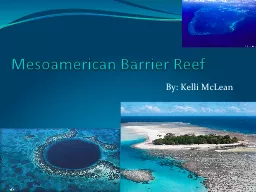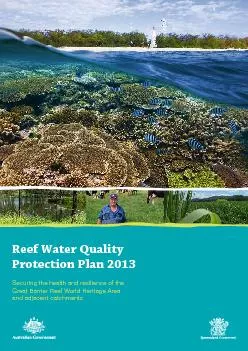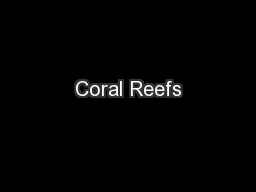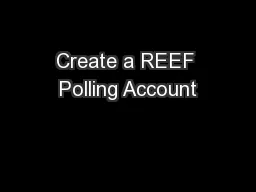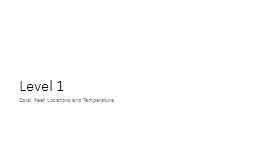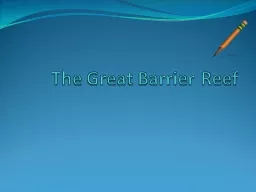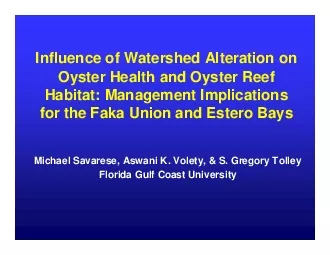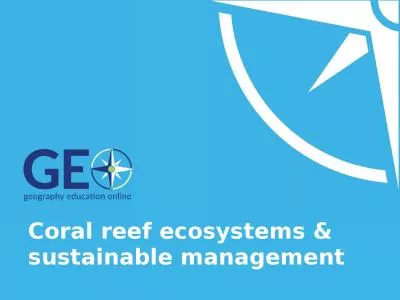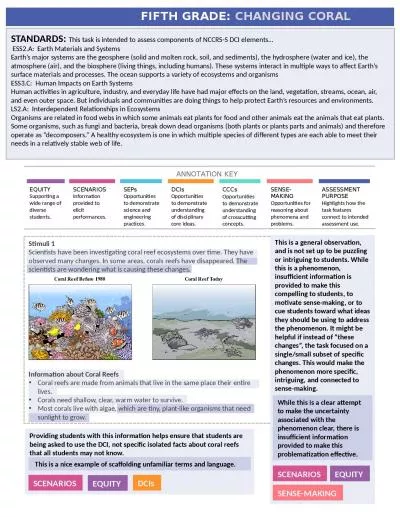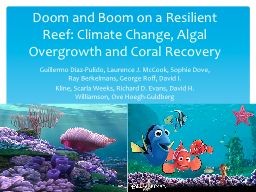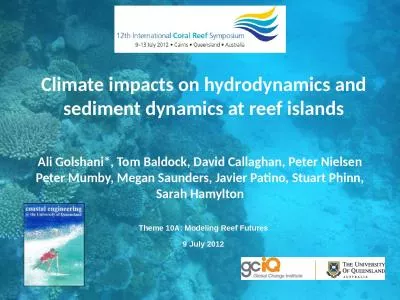PPT-Mesoamerican Barrier Reef
Author : inventco | Published Date : 2020-08-03
By Kelli McLean About the Mesoamerican Reef MAR More than 724km long It runs between Cozumel and Playa del Carmen for hundreds of miles extending from the southern
Presentation Embed Code
Download Presentation
Download Presentation The PPT/PDF document "Mesoamerican Barrier Reef" is the property of its rightful owner. Permission is granted to download and print the materials on this website for personal, non-commercial use only, and to display it on your personal computer provided you do not modify the materials and that you retain all copyright notices contained in the materials. By downloading content from our website, you accept the terms of this agreement.
Mesoamerican Barrier Reef: Transcript
Download Rules Of Document
"Mesoamerican Barrier Reef"The content belongs to its owner. You may download and print it for personal use, without modification, and keep all copyright notices. By downloading, you agree to these terms.
Related Documents

